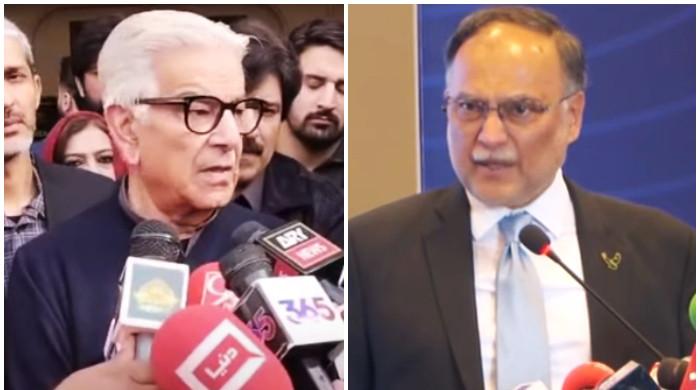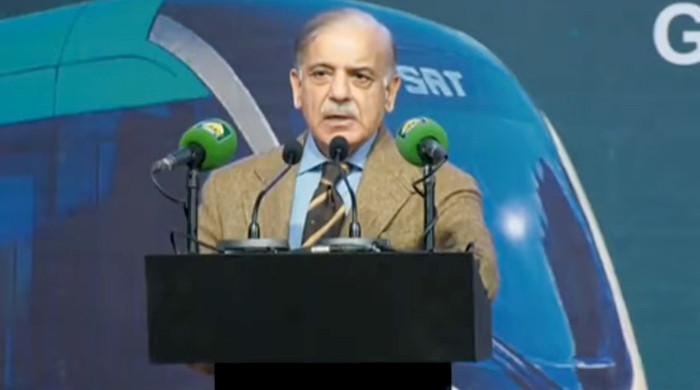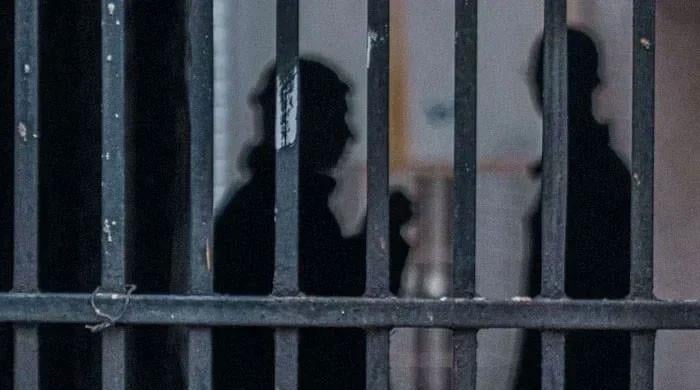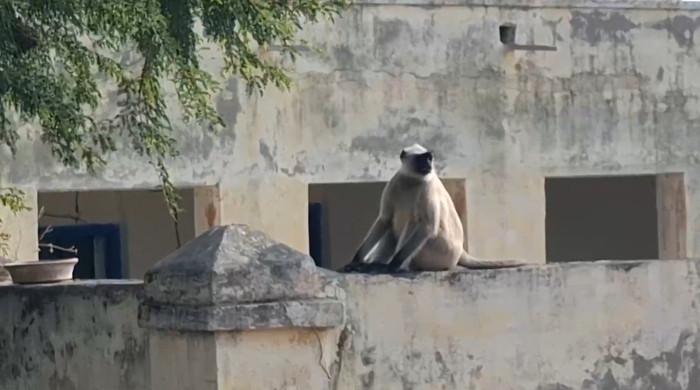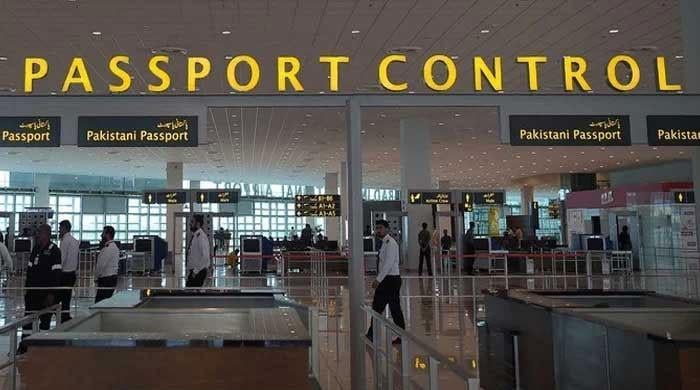PAF downed five Indian aircraft in largest aerial battle of modern times
Pakistan used Chinese PL-15 missile, jammed Indian radar and communication systems
May 16, 2025
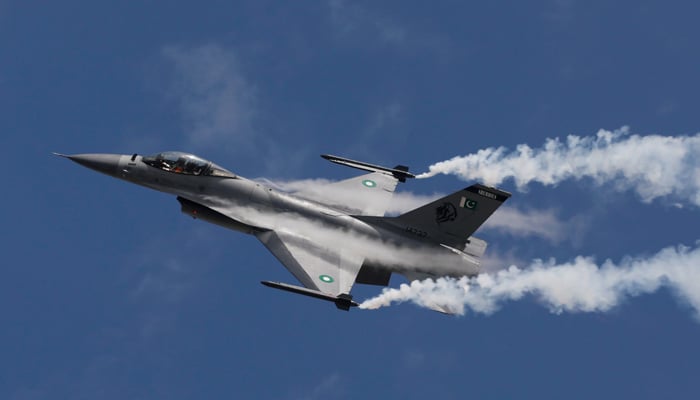
In an aerial battle that military experts are calling unprecedented in modern warfare, Pakistan and India engaged in a long-range confrontation that involved over 100 fighter jets.
The clash, which occurred during the night of May 6 and 7, was described as a unique episode in aerial combat history. It began at precisely 12:10am when India launched an aggressive air operation involving over 60 warplanes, including advanced Rafale jets, SU-30s and MiG-29s.
These aircraft attempted to violate Pakistani airspace under the cover of darkness. However, Pakistan Air Force (PAF) was fully prepared with 42 of its own aircraft — including JF-17 Thunders, Mirages, and China-supplied J-10Cs — which intercepted the Indian jets in a coordinated response.
What made this confrontation distinct was its invisible nature. Jets fought beyond visual range, guided by sophisticated radars, satellites, and AWACS (Airborne Warning and Control System) aircraft. Pakistani jets successfully targeted Indian warplanes attempting to strike civilian areas from hundreds of kilometres away, remaining within their own airspace.
In the hours-long exchange, Pakistan Air Force shot down five Indian aircraft — three of them being Rafale jets, and the remaining two SU-30 and MiG-29 fighters — near the areas of Anantnag, Pulwama, Pantiyal/Ramban, Akhnoor, and Bathinda.
ISPR, the military's media wing, confirmed that the battle demonstrated Pakistan's superior mastery over electromagnetic spectrum warfare and electronic warfare. PAF jammed Indian radars and communication systems, severing links between the Indian jets, their ground control stations, and their airborne counterparts.
A key element in this engagement was Pakistan’s use of the Chinese-made PL-15 long-range, radar-guided air-to-air missile. It was used with precision against hostile Indian aircraft targeting civilian populations.
Air Vice Marshal Aurangzeb Ahmad praised the PAF’s operational preparedness and use of indigenous and Chinese technology. He highlighted how the Indian pilots’ intercepted distress communications revealed confusion due to complete electronic disruption, leaving them unable to receive commands or coordinates.
This battle also showcased Pakistan's own advances in electronic and cyber warfare tools, which were deployed effectively for the first time in combat. These tools are now being recognised globally for their performance under battlefield conditions, potentially opening doors to international markets.
Defence experts say this conflict has set new benchmarks in modern aerial warfare. It was the first known incident in post-World War II history where over 100 advanced aircraft participated in a cross-border standoff, without physical incursion and with zero loss to one side.
According to the ISPR, the engagement not only demonstrated Pakistan’s capability to protect its airspace without escalation but also signified a turning point in the design, procurement, and future development of warfare technology.
Military strategists globally are now studying the 2025 Pakistan-India aerial confrontation as a case study in how emerging technologies — from satellite surveillance to electromagnetic disruption — will shape the future of war and pilot training around the world.




